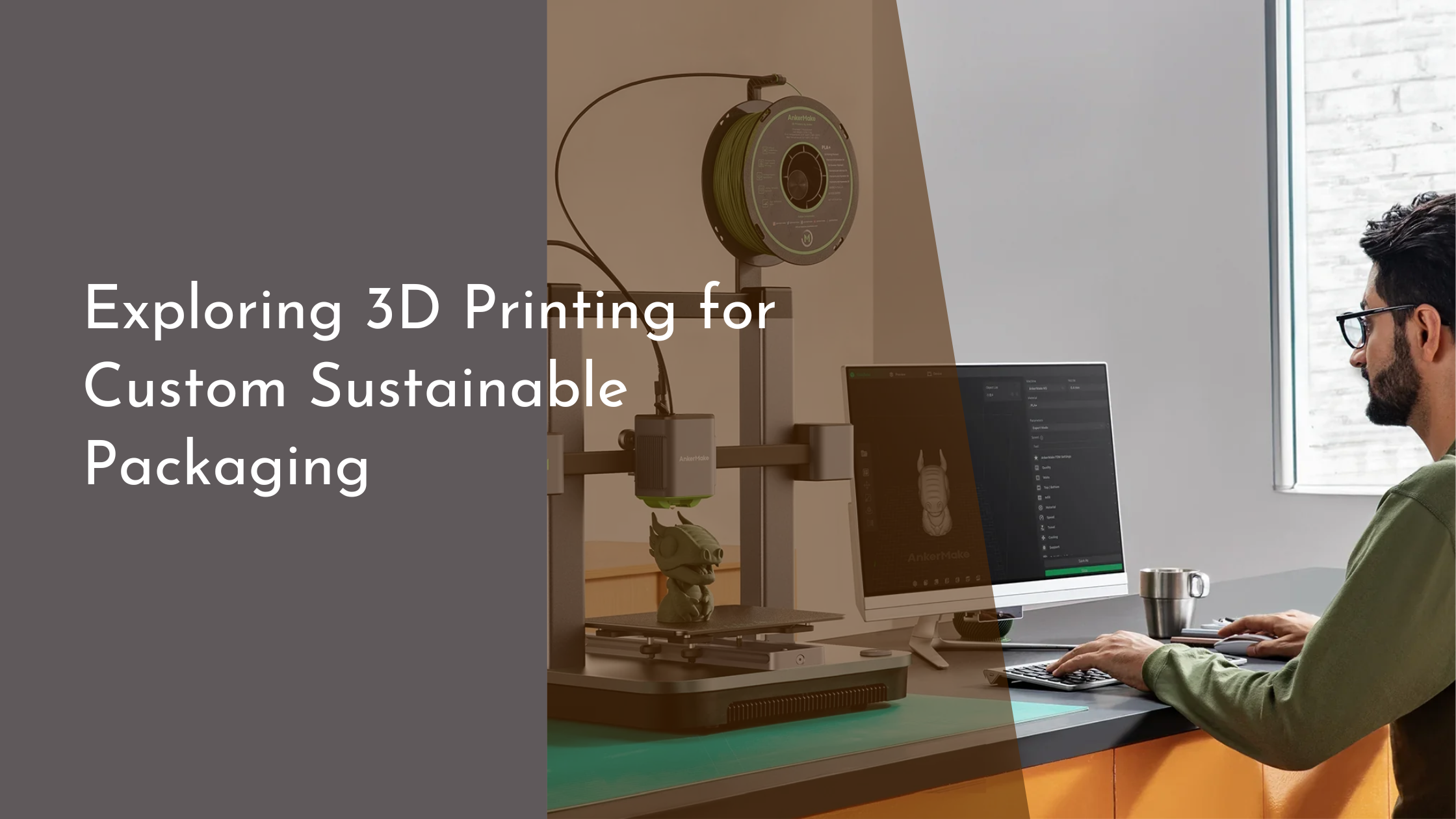Exploring 3D Printing for Custom Sustainable Packaging
In recent years, the world has witnessed a remarkable confluence of technology and sustainability, leading to groundbreaking innovations in packaging solutions. Among these innovations, 3D printing has emerged as a pivotal player, not only reshaping industries but also offering new pathways toward eco-friendly packaging. This article delves into the intricacies of 3D printing technology, explores the burgeoning trend of custom sustainable packaging, and highlights the benefits of integrating 3D printing into eco-friendly design initiatives. Join us on this journey as we uncover how this advanced technology is paving the way for a greener future.
Understanding 3D Printing Technology
3D printing, also known as additive manufacturing, is a technology that builds three-dimensional objects layer by layer from a digital file. This revolutionary process allows for unparalleled design freedom, enabling the creation of intricate and customized shapes that would be challenging or impossible to achieve with traditional manufacturing methods. At its core, 3D printing works by depositing materials such as plastics, resins, or even metals, one layer at a time, to form a finished product. The technology has evolved rapidly, broadening its applications across diverse industries, from healthcare and aerospace to consumer goods and, importantly, packaging.
The versatility of 3D printing has opened up new possibilities in the realm of packaging by enabling the creation of bespoke designs that align with specific brand aesthetics and functional requirements. Unlike conventional manufacturing processes, which often involve large-scale production and significant material wastage, 3D printing allows for on-demand production, minimizing waste and resource consumption. This capacity for precision and customization is particularly beneficial in creating packaging solutions that are both sustainable and tailored to the unique needs of products and consumers.
The Rise of Custom Sustainable Packaging
The demand for sustainable packaging has surged as consumers become more environmentally conscious and businesses strive to reduce their ecological footprints. Custom sustainable packaging is at the forefront of this movement, offering solutions that prioritize environmental impact while meeting consumer expectations for quality and uniqueness. Companies are increasingly opting for materials that are biodegradable, recyclable, or made from renewable resources, and 3D printing technology supports this by allowing for the design of packaging that meets these criteria without compromising on creativity or functionality.
3D printing enables brands to design packaging that is both visually appealing and environmentally friendly, enhancing product appeal while adhering to sustainable practices. By leveraging 3D printing, businesses can experiment with innovative materials, such as bioplastics or materials derived from agricultural waste, to create packaging that not only protects products but also aligns with green principles. This approach not only satisfies the growing consumer demand for eco-friendly products but also positions brands as leaders in sustainable innovation.
Benefits of 3D Printing in Eco-Friendly Design
One of the most significant benefits of employing 3D printing in eco-friendly design is the reduction in material waste. Traditional manufacturing methods often produce excess materials that contribute to environmental degradation. In contrast, 3D printing utilizes a precise amount of material necessary to create the product, significantly minimizing waste. This efficiency is complemented by the ability to use sustainable materials, making 3D printing an ideal choice for companies committed to reducing their environmental impact.
Moreover, 3D printing offers remarkable flexibility in design, enabling the creation of complex geometries that enhance both the aesthetic appeal and functional performance of packaging. This design freedom allows for the production of lightweight packaging solutions, which reduce transportation costs and carbon emissions. Additionally, the ability to rapidly prototype and iterate designs means that businesses can quickly adapt to changing market demands and sustainability standards, continually improving their packaging solutions.
As we look toward a future that increasingly prioritizes sustainability, embracing innovative technologies like 3D printing becomes not only desirable but essential. The potential to create custom, sustainable packaging that meets the needs of both the consumer and the planet is a powerful incentive for businesses to explore additive manufacturing solutions. By harnessing the capabilities of 3D printing, companies can lead the charge in eco-friendly design, setting new standards for environmental responsibility and product innovation. The integration of 3D printing into packaging strategies promises not only a greener planet but also enhanced brand reputation and consumer loyalty, making it a win-win for all involved.

